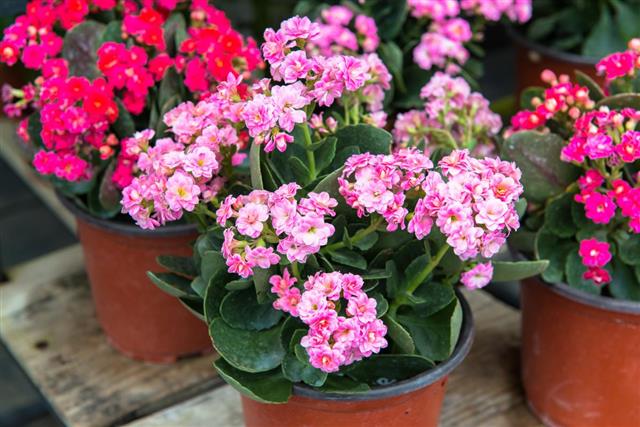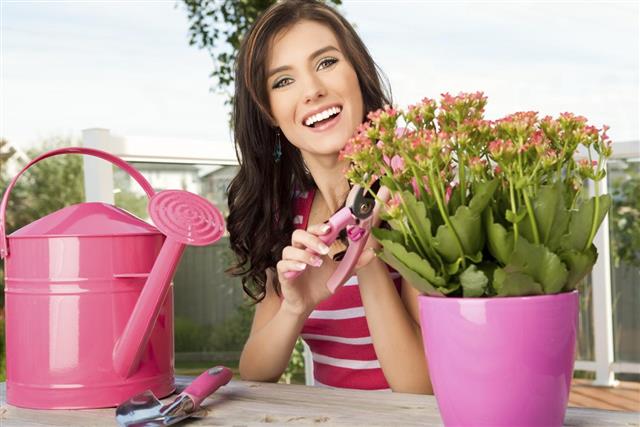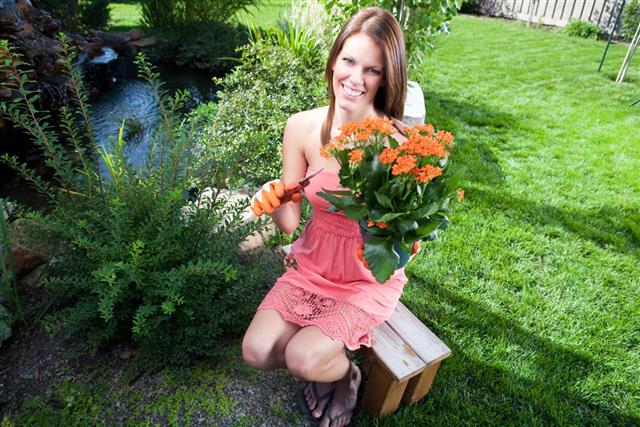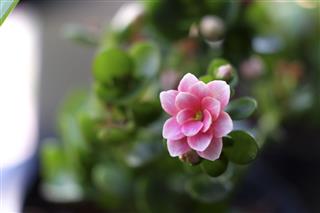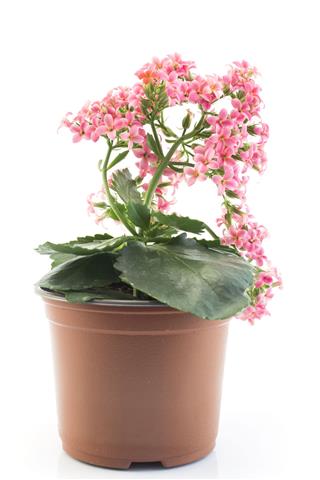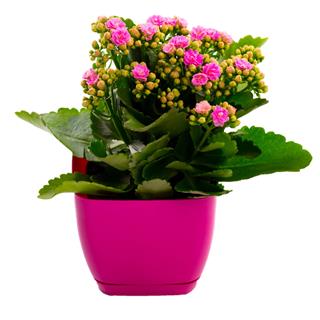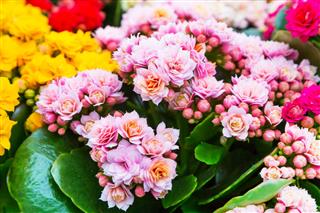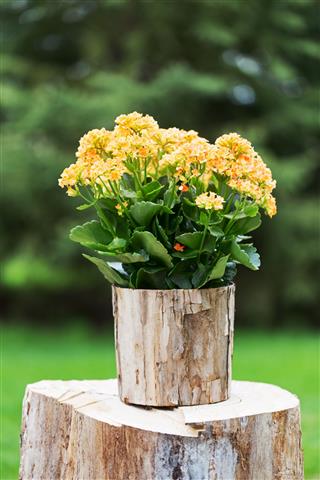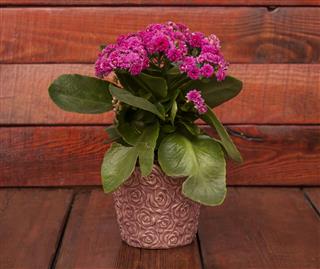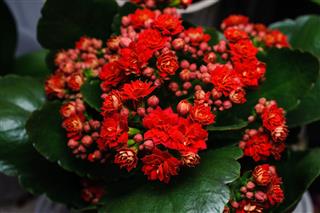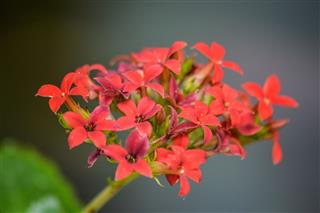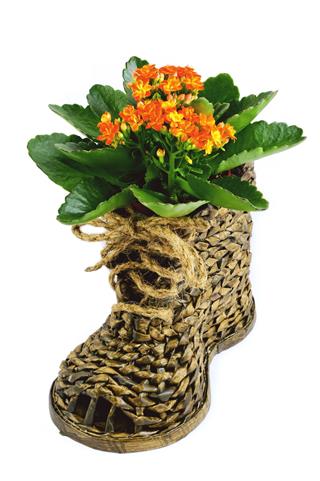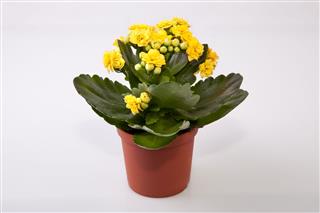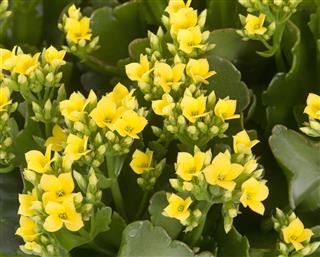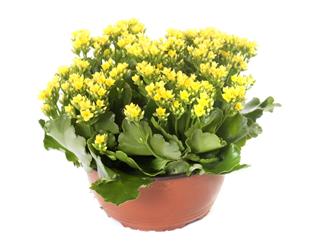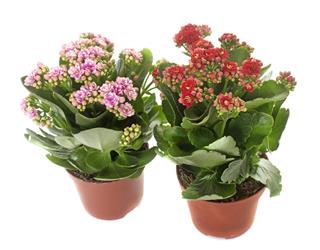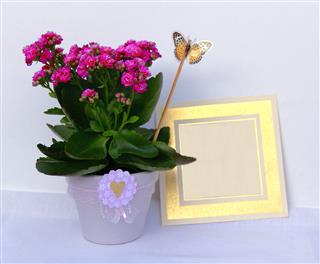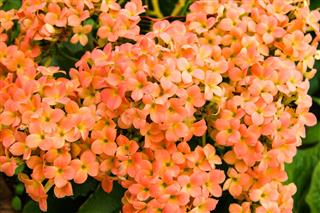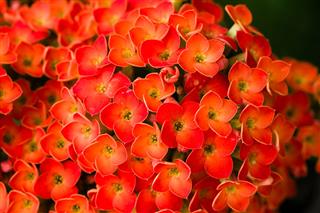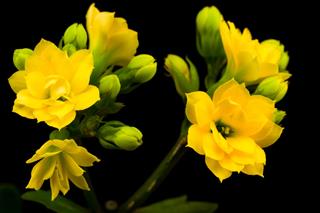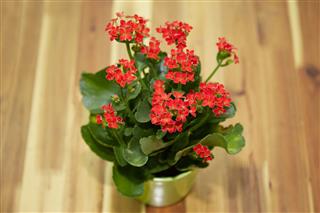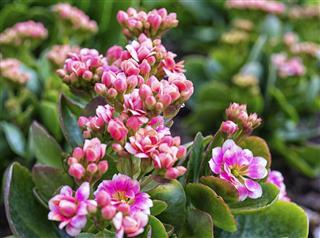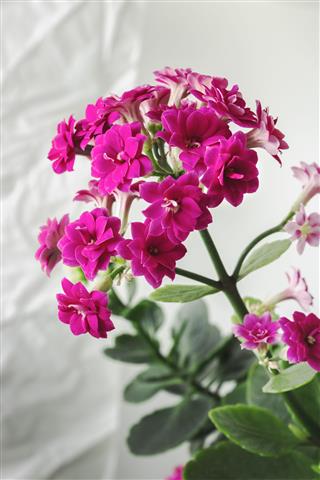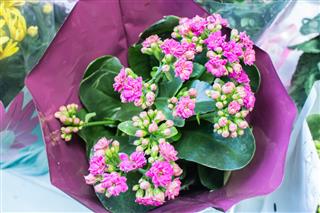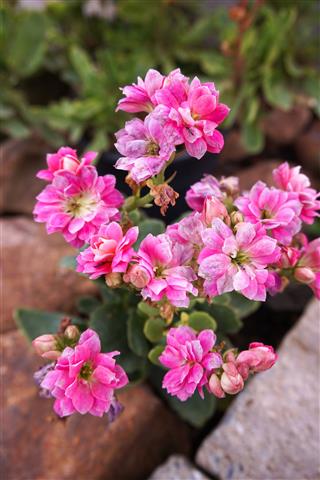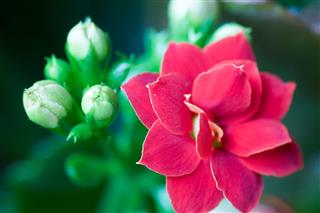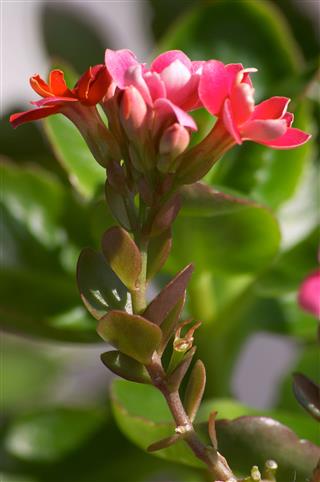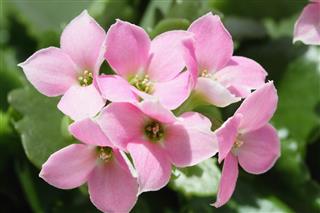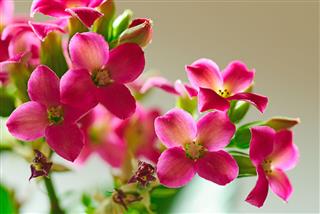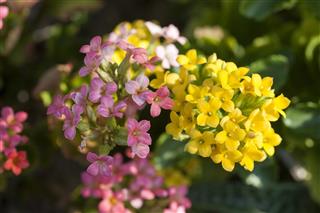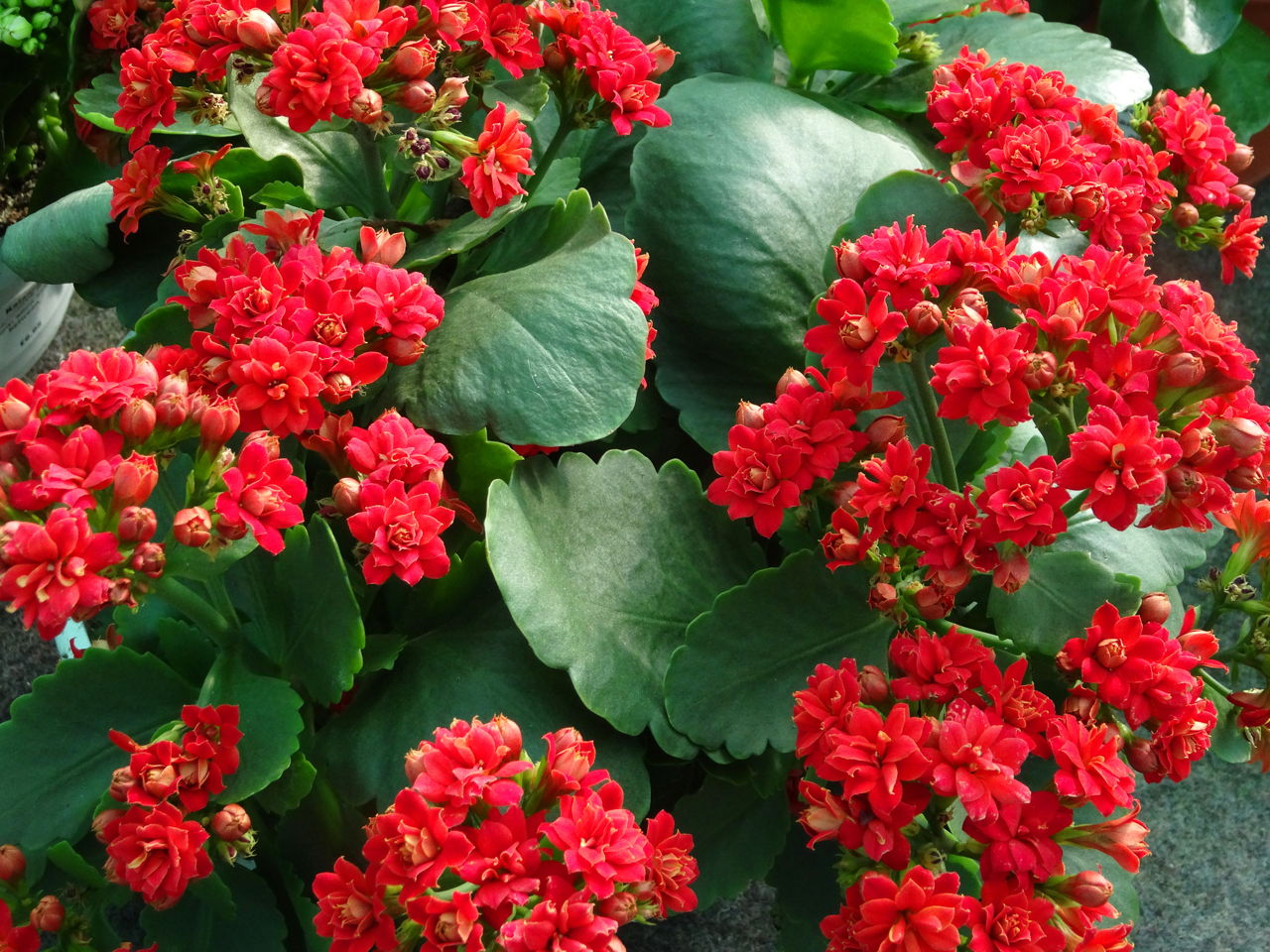
There is a lot more involved in pruning a plant than just snipping off leaves and stems. You need to know what parts of the plant to prune and what parts to leave alone, and such parts that differ from species to species. Below, learn how to correctly prune a popular garden specimen, the Kalanchoe plant.
Leafy, flowering shrubs or small to medium-sized green plants are plants for novice and expert gardeners alike. Depending on the plant species and the maintenance level required, a potted flowering plant is the ideal addition to a small apartment or balcony garden or a backyard. One such ideal plant, actually a species, is the Kalanchoe plant.
This species is a collection of 125 sub-species and are primarily characterized by their asexual self-propagation method through their leaves. Most sub-species are flowering in nature, can be grown as indoor or outdoor plants and will bloom once a year. Their flowering patterns and coloring makes them a very vibrant and attractive addition to any gardener’s spread. Such a plant does require some care but on the whole, it is not a high-maintenance plant.
There are many different facets to the care of such a plant but below we take a look at the process of pruning or trimming of the kalanchoe plant, that will help the plant show off its blooms to their maximum advantage.
Kalanchoe Pruning
When to Prune
The kalanchoe plant blooming season is during the end of winter till late spring. Normally the plant needs sunlight but with respect to blooming, it is a short-day plant (the plant blooms when the days are shorter than 11 hours). So darkness should be provided for the plant to bloom over a period of 3-4 months.
During the year, remove dead or brown leaves present on the plant but pruning and trimming should be done after the plant blooms. After blooming, the plant should be pruned only when the blooms start to turn brown at the edges or start fading in color. If you leave such spent blooms on the stem, they will not fall off and the plant will not rebloom or grow new flowers.
How to Prune the Kalanchoe Plant
Gently shake the plant to see if there are any insects such as bees or ants on it. Look at the leaves, to see if worms or any such pests have made holes or left yellow vein-like trails in them. If there are such leaves, they should be dealt with first to prevent the spread of pests.
Take off yellow, brown and decaying shoots off the stem. The same applies to leaves. The leaf should be cut off at the base of its stem, where it is joined to the branch. Cut off the dead stem, slightly above the meeting point of the branch and stem. Even broken or damaged leaves and stems should be clipped off.
It is not enough to remove dead blooms and stalks, as this just encourages new blooms to grow. A kalanchoe plant should be allowed to regrow in terms of width or leaf coverage as well. So for such branching to occur, when pruning a stalk with dead flowers at the tip, trim the stalk to the second or third leaf.
After the pruning procedure, be careful with the water levels of the kalanchoe plant. Reduce the amount of water you normally feed it, as after pruning, it requires less water. This is a crucial period, where the plant’s life depends on the extent of water that you provide. When new growth appears on the cut-shoots, you can resume normal water levels. Also supplement the growth with plant fertilizer at ½ strength. Do not get over enthusiastic, only use the fertilizer every 2-3 weeks.
Propagating the Kalanchoe Plant
To grow more kalanchoe plants from your existing plant, you need to take cuttings of the leaf. Leaf cuttings between 4-6 inches should be made, ensure that a little part of the stem is also part of the cutting. Leave the cutting alone for 1-2 days and then plant in a small pot. Use a free-draining soil, like the soil type in which cactus grows and place the cutting in the pot, such that the leaf is just above the surface.
Keep the soil moist and do not put the cutting in direct sunlight. The leaf will form roots in 1-3 weeks and then you should repot the cutting to a bigger pot. Make sure the water levels are right. Do not over-hydrate, the plant will rot. To check, insert your finger 2 inches deep into the pot’s soil and see if it is moist or dry. If it is dry, time to water the plant.
The pity with most kalanchoe plants is that once they bloom, it takes some care and effort to make them rebloom. The plant will wither and look nearly dead and most people tend to think the plant is, in fact dead and throw it away. The correct pruning and retrimming techniques can make the plant grow new shoots and regrow to bloom again next year.
